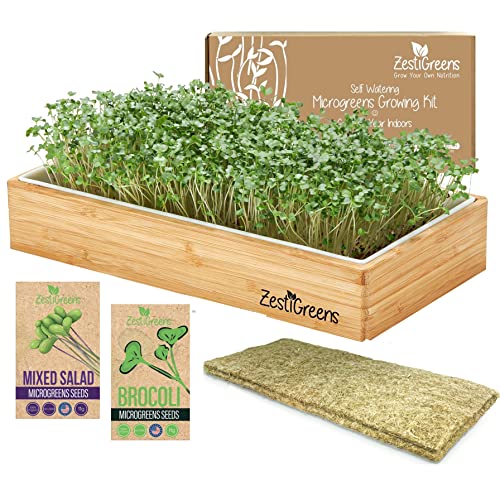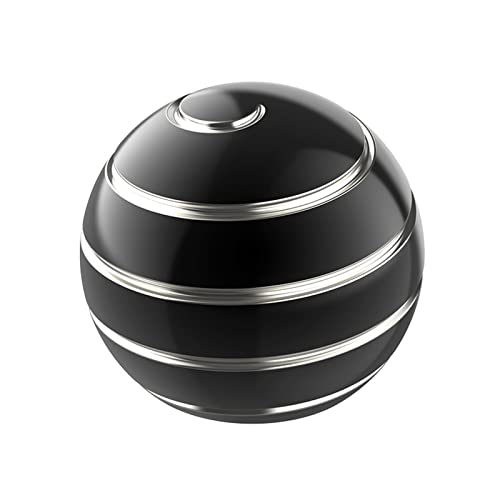Welcome to the Wobble Workshop
Ever wanted to build something that moves, mesmerizes, and makes your cat suspicious? Kinetic sculptures are playful machines of balance and motion. They’re simple, hypnotic, and endlessly improvable. This free guide brings you low-cost materials, easy mechanics, and one full step-by-step project: the Pocket Mobile.
Grab random household junk and a cuppa. We’ll show balance tricks, bearings basics, tuning tips, and how to turn flop into flourish. No fancy tools needed. By the end you’ll have a charming, wobbling piece to display, tinker with, and proudly show off. Ready? Let’s make something wonderfully wobbly today.




DIY Wire Sculpture: Kinetic Art Wind Spinner (KWS-2)
What a Kinetic Sculpture Is (and Why You’ll Want One)
A playful definition
A kinetic sculpture is simply art that moves — by wind, a nudge, gears, or the clever placement of weight. It can be whisper-quiet or gloriously jangly, elegant or delightfully goofy. Think of it as choreography for found objects: the poetry of motion made from whatever you can grab.
Core categories (and what each celebrates)
Why making and watching them feels so good
Motion attracts attention. The human eye loves rhythm — small, repeating patterns lower stress and invite focus. Makers get two pleasures at once: the thrill of problem-solving (how to balance that spoon?) and the delight of turning trash into choreography. Many people report a surprising satisfaction in tuning a wobble into a steady, hypnotic sway.
Quick, useful tips you can try now
Tiny prompts to spark ideas
What moves in your house? How could it wobble?
Could your kitchen whisk become a dancing wind spinner? Could old CDs become hypnotic discs?
Next up: where to find the materials and the few tools that make these ideas real.
Materials and Tools: Free, Found, and Fantastically Cheap
A quick, cheerful inventory so you can start collecting treasure instead of trash. If the last section made you want to spin something, this tells you what to grab.
Where to scavenge
Great finds live everywhere — you just need eagle eyes.
Everyday materials that behave beautifully
These items are cheap, abundant, and oddly charismatic in motion:
Tools: essentials and friendly hacks
Essentials (small kit): pliers, wire cutters, cordless drill or hand drill, screwdriver set, needle files or rasps, sandpaper, glue gun.
Cleaning and prepping reclaimed parts
Make reclaimed parts behave like honest citizens: remove rust with vinegar or steel wool, degrease with dish soap or rubbing alcohol, sand rough edges, and true up holes with a drill bit. Test bearings by spinning them free — add a drop of light oil. Label fragile plastics and avoid heat-warping them.
A tiny bit of prep saves hours of aggravation (and a few broken thumbs). Up next: the simple mechanics — balance, bearings, and the little tricks that turn wobble into mesmerize.
Simple Mechanics: Balance, Bearings, and the Magic of Motion
Center of mass and balance points
Think of each mobile arm as a tiny planet system: the center of mass is the sun. Shift it and the whole thing tilts. Mark the balance point by sliding a string or finger under an arm until it hangs level. Mini-experiment: lay a spoon and clothespin on the table — move the clothespin until the spoon balances on the edge.
Pivot types — keep it simple
Mini-experiment: hang a straw on a paperclip loop to compare flop (loop) vs steady spin (pin).
Reducing friction — bearings and household hacks
Use real bearings where you need long, smooth motion (skateboard 608 bearings, or the compact 6000-series for shafts). Household substitutes: clean, smooth washers (nylon or stainless) as thrust surfaces, toy ball bearings scavenged from old skate wheels or fans.
Lubricate lightly (sewing machine oil) and avoid grit — bearings hate sand.
Converting motions & simple transmissions
Power sources and scale
Match source to scale: hand-turned for delicate paper, wind for outdoor-light pieces, small DC motors or solar cells for continuous motion. Heavier materials need stronger drive and sturdier pivots.
Quick dos and don’ts
Next up: a pocket-sized project that puts these tricks into action.
Free Step-by-Step Project: The Pocket Mobile (No Fancy Tools Required)
A tiny, wobbling sculpture you can make during a coffee break — using recycled bits and a wooden skewer. Expect simple joy, a little patience, and a pocket full of surprises.
Materials
Prep (10–15 minutes)
Straighten paperclips with pliers; keep one curved for a hanging hook. To make tiny holes: place cardboard on a block, wear a thick glove, and push a nail through the spot with steady force — twist a little to widen. This is safer than an electric drill and fine for thin lids and card.
Assembly — numbered steps (total 30–45 minutes)
- Make arms: cut cardboard strips (3–4 in). Thread a paperclip shaft through each as an arm. Goal: light, stiff arms. (5–8 min)
- Add weights: tape bottle caps to arm ends for visual mass. Goal: distinct ends to balance. (5 min)
- Find balance points: slide a string under each arm to mark center-of-mass; punch a hole there. Goal: mark pivot. (5–10 min)
- Create hanging points: connect arms with twine loops to the skewer at staggered spots. Goal: modular cascade. (8–12 min)
- Add visual elements: cut shapes from lids/cardboard and hang lightweight decorations. Goal: charm without overload. (5–10 min)
- Final adjustments: tweak weight placement, swap caps, shorten strings until everything wobbles sweetly. (5–10 min)
Safety & Timing
Playful variations
Photograph your first wobble (good lighting + slow shutter or burst mode) and get ready to tune — next up: troubleshooting and tuning so your Pocket Mobile goes from flop to flourish.
Troubleshooting and Tuning: From Flop to Flourish
Quick diagnosis — common problems and first-aid fixes
Think of problems as slightly embarrassed relatives: easy to calm with a tiny adjustment.
How to test balance systematically
Work in small steps and record changes.
Friction, bearings, and lubes
If sanding isn’t enough, try small bearings (affordable 608ZZ skateboard bearings for larger shafts, or 4–6 mm flanged micro-bearings from hobby shops). Lubricants: a drop of sewing-machine oil or a silicone spray (WD‑40 Specialist Silicone) beats sticky residues.
Tuning for location
Indoor: favor long, delicate arms and soft damping (felt pads).
Outdoors: use stiffer arms, weatherproofed weights, and slightly higher overall mass so the wind gives graceful motion instead of chaos.
Cosmetic fixes & weatherproofing
Seal paper and lightweight paint with clear coats, rustproof metal with zinc primers, and use UV-safe spray paints for bright colors. Small repairs — a dab of paint, felt bumpers, or a wrapped wire — keep it charming.
Learn from failure
Keep a notebook or phone photos. Every flop tells you what to nudge next — in kinetic art, wobble is data, and data is progress.
Inspiration, Next Steps, and Where to Show Off Your Creation
Projects to try next
Ready to graduate from the pocket mobile? Try:
A good motor starter: a 3–6V hobby motor (Mabuchi RE-260 for gentle motion) vs. a heavier-duty Pololu 37D gearmotor for larger pieces — choose torque over speed for graceful movement.
Scaling up — basics and safety
When you go big, think structure and failure modes. Use thicker arms, galvanized hardware, and safety factors (double your fastener strength). Anchor tall pieces with guy wires or concrete bases; never rely on glue alone. Wear eye protection cutting metal and keep a fire extinguisher nearby when soldering or welding.
Collaborative and community options
Run a neighborhood workshop at a park pavilion, or propose a makerspace session at your library. School projects work great with simple kits: kids design a character, adults handle the power tools. Host a “fix-it and tweak-it” evening to swap tips and share parts.
Documenting and sharing
Capture time-lapses, 10–30s looping clips, and short notes: materials used, pivot types, and the single tweak that fixed wobble. Tag posts with #KineticArt, #DIYMobile, and #Makerspace to find community feedback. Post to Instructables, Reddit r/kinetic, or Instagram Reels for fast responses.
Public display checklist
Try something slightly risky — but not dangerous — then invite people to admire it. Next up: the article’s wrap-up to send you wobbling into the world.
Now Go Wobble!
You’ve learned the essentials, built a playful pocket mobile with mostly free materials, and picked up simple mechanics plus troubleshooting tricks. Start small, fail fast, and tune until your sculpture sings; balance and patience win.
Play, experiment, and remix parts from the garden, kitchen, or thrift store. Share photos and stories online or with friends, your wobble could spark someone else’s creativity. If your first try flops, laugh, adjust, and try again. The world needs more wobble, so get building and make something that moves people (and maybe annoys the cat). Show it off, proudly everywhere now.







